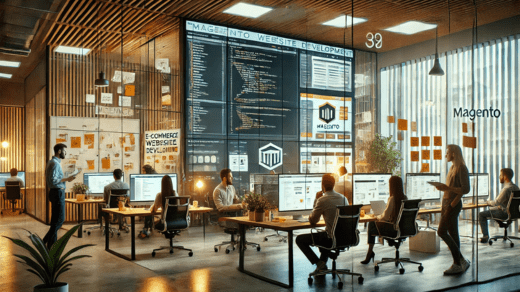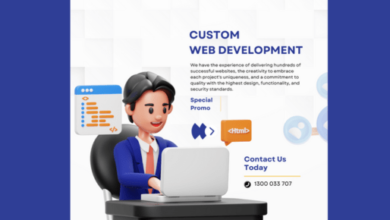Magento and Headless CMS Integration: A Guide to Flexible Content Management

E-commerce companies and their technology change. Headless CMS integration with Magento has been one of the prominent developments in the recent years. This approach renders the content management more flexible. Firms can then ensure a more seamless consumer experience through digital touchpoints. Here is a comprehensive guide about Magento-Headless CMS integration benefits, setup, and issues.
How to Learn Magento and Headless CMS
Magento is an extremely versatile, scalable, and fully featured e-commerce platform, especially for online companies. It can manage items, inventory, and sales management and customize for all sizes of enterprises. As with other systems of e-commerce, it has a closely connected front-end and back-end and may limit content delivery as well as business agility.
However, a Headless CMS separates the content repository (back-end) from the display layer. API-driven design lets content be delivered to websites, mobile apps, and IoT devices. It gives companies flexibility in the distribution of dynamic content across different channels without having to change the back-end structure.
Magento/Headless CMS Integration Benefits
Magento with a headless CMS benefits e-commerce firms in that they provide flexible content management across digital touchpoints. Marketing teams can produce, update, and push content through channels without involving themselves in any e-commerce development. Such a methodology is useful because it hastens new campaigns and product releases. Click in https://perspectiveteam.com/services/magento-development for a finer option.
It will also give quicker load times and improved performance. The fact that Headless CMSs work in isolation of the Magento architecture means that content-optimized front ends are leaner and faster to load. This improves the user experience, especially on mobile devices where speed and responsiveness are essential to retaining clients. Decoupling also allows developers to leverage new front-end frameworks like React, Vue, or Angular, which further enhance flexibility and performance.
How Magento and Headless CMS Integrate
Implementing a Headless CMS of Magento starts with the appropriate choice of the CMS. Contentful, Strapi, and Sanity are some of the better-known ones along with their integration via APIs. The core functionality of an e-commerce system remains Magento’s and only the CMS will be in charge of content management. From there, both systems have to interlink through APIs.
Overcoming Integration Challenges
Magento and Headless CMS integration has many benefits but also faces challenges. One of the significant problems is strong API management. It is complicated to manage API endpoints for different systems, and constant monitoring is required to ensure smooth operation. Error handling, performance monitoring, and API security are required to keep Magento and the Headless CMS connected.
Optimization Strategies for Magento with Headless CMS Integration
To integrate Magento and Headless CMS, follow these best practices: make only the minimum required endpoints to save data transmission time and speed up APIs; using GraphQL, developers will be able to request just the data they need. Choosing the https://perspectiveteam.com/services/magento-integration is the perfect option here.
Trends of the Future and Headless E-commerce End
Magento and a Headless CMS are only the start of the trend in headless e-commerce, which separates back-end systems from front-end display layers. With rising consumer expectations for customized and responsive experiences, more companies are using headless architectures to deliver dynamic, content-rich experiences across platforms. AI-driven customization and AR experiences drive further digital commerce within headless systems.



